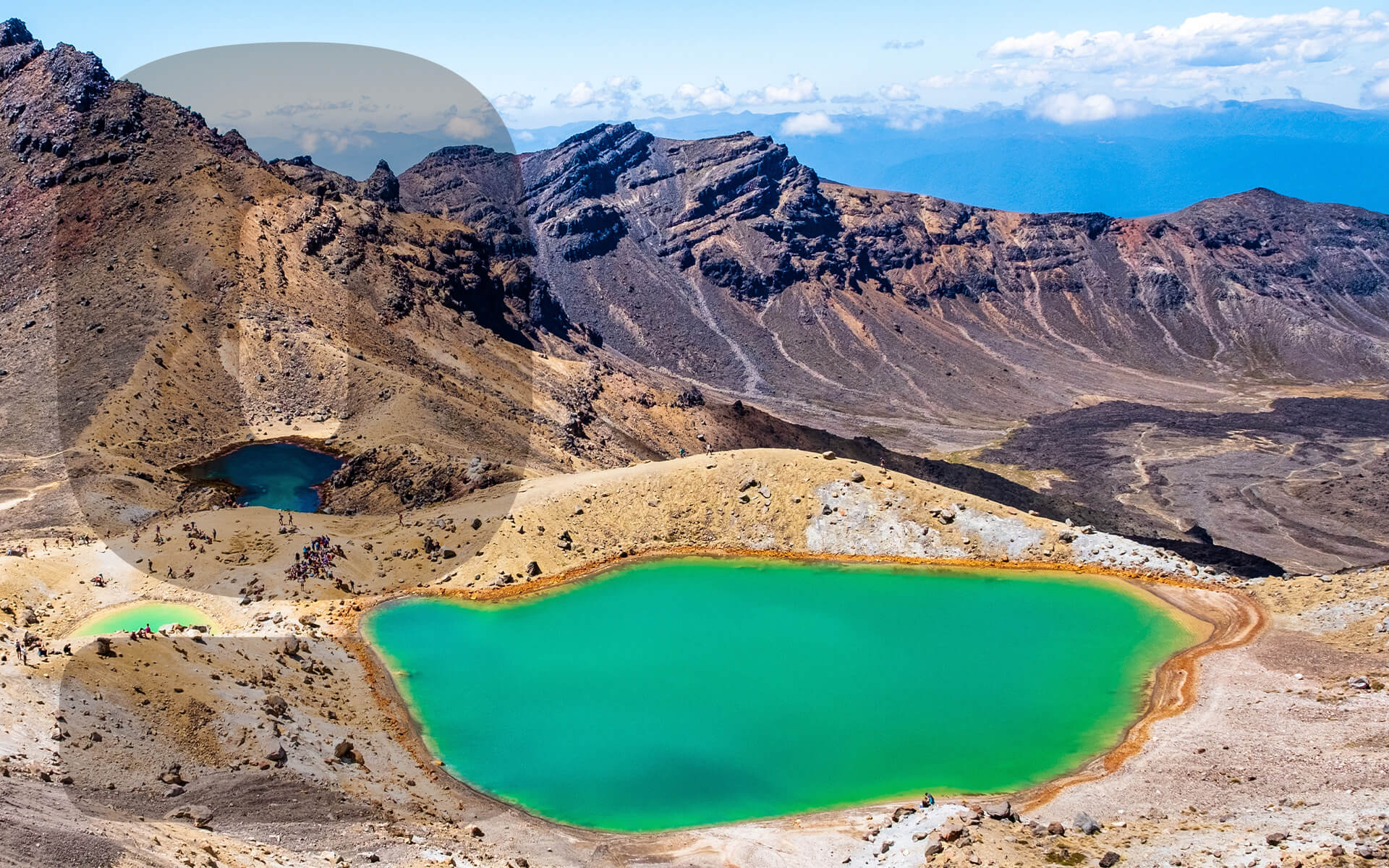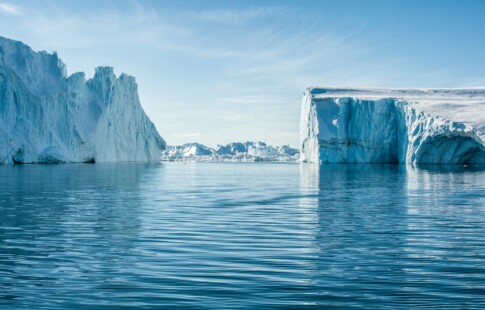
8 Biodiversity Hotspots Worth Protecting
We are reader-supported. When you buy through links on our site, we may earn affiliate commission.
What is a biodiversity hotspot? Locations receiving this designation must meet two criteria. They must contain at least 1,500 endemic species — varieties that don’t exist anywhere else, making them irreplaceable. They are also endangered. The other qualification is such areas must have 30% or less of their native vegetation remaining. Thirty-six areas around the world meet these qualifications. Here are eight such biodiversity hotspots — they are all worth protecting.
1. The Upper Amazonia/Guyana Shield
The Amazon is the world’s largest tropical rainforest. It acts as a critical climate regulator, producing 20% of the world’s oxygen supply. However, human activity, such as mining and cattle farming, threatens this delicate ecosystem.
Over three million species inhabit the region, and over 2,500 tree species — a third of all tropical trees on earth. If you’re a fan of the 1992 Sean Connery film “Medicine Man,” you know what kinds of treasures humanity stands to lose if humans let greed destroy this irreplaceable region.
That’s not the only reason to protect the upper Amazonia/Guyana Shield, however. Climate change already poses a severe threat to the planet. The United Nations (UN) warns that we have only 12 remaining years to address it before catastrophic events occur. If global warming exceeds 1.5 degrees celsius, fires, droughts, floods, extreme heat and the resulting poverty will cause the death and suffering of millions.
The threat to human life extends well beyond that of the recent pandemic — to which world governments launched an immediate response. More than 10 million people die each year due to pollution. Allowing continued deforestation of the Amazonia/Guyana Shield could multiply that already staggering figure.
2. The Congo Basin
Across the Atlantic, the Congo Basin comprises another one of earth’s magnificent rainforests. It contains over 10,000 species of tropical plants, 30% of which are unique to the region, and thousands of animal and insect species. The Congo River is also home to 686 fish species, 80% of which are endemic to this part of Africa.
Unfortunately, climate change and violence plague the region, endangering this biodiversity hotspot. Despite the nation’s rich natural resources, the area has seen conflict for decades. Many inhabitants are poor, living on less than $1.90 a day.
3. The New Guinea/Melanesian Islands
This biodiversity hotspot lies north of New Guinea and encompasses roughly 1,600 islands and over 100,000 kilometers of land designated by Conservation International.
Another feature of the region is the rich cultural and linguistic diversity. The Vanuatu region alone contains 101 spoken languages, more per square mile than any other country.
4. Emerald Lakes, New Zealand
Fans of Peter Jackson’s “Lord of the Rings” know that New Zealand is a land rich in biodiversity. The Emerald Lakes qualify as a hotspot.
The lake, along with its sister Blue Lake, lies within the Tongariro National Park. Because of their protected status, you can only view them by trekking the Tongariro Alpine Crossing with a guide.
5. Mantadia National Park, Madagascar
The human craving for palm oil has led to widespread deforestation. The problem affects orangutan habitats. It also threatens lemurs, native to Madagascar, with nearly one-third of species in danger of imminent extinction.
However, officials are trying a different approach to preserving this biodiversity hotspot. Because of poverty in the region, they’re hoping that capitalizing on eco-tourism in the National Park will generate sufficient revenue to promote conservation aims while improving human lives.
6. The Mediterranean Basin
The Mediterranean Basin contains anywhere from 15,000 to 25,000 unique plant and animal species, 60% of which are endemic to the region. Roughly a third of the fauna only exists in that region.
However, nearly 20% of the birds, amphibians, reptiles and mammals inhabiting the region make the endangered list. At least 16 irreplaceable species have already gone extinct, largely due to degradation and habitat loss from development.
7. The Himalayas
The Himalayas are home to the world’s tallest mountain, Mt. Everest. The region spans Pakistan, Tibet, Nepal, India, Bhutan, China and Myanmar.
One thing that makes the region unique is the vascular plants beyond 6,000 feet. Over 3,000 plant species are endemic, existing nowhere else on earth.
8. The Madrean Pine-Oak Woodlands
The Madrean Pine-Oak Woodlands comprise much of Mexico’s Sierra Mountain chain, extending northward into Arizona and New Mexico. They’re home to over 5,300 varieties of flowering plants.
Roughly 525 bird and 330 mammal species call the region home. The area is particularly rich in amphibian diversity, with nearly 200 species, 50 of which are endemic. The most spectacular feature of this biodiversity hotspot may be the wintering of millions of monarch butterflies, some of which were threatened by border wall construction.
Biodiversity Hotspots Worth Protecting
The eight biodiversity hotspots above are only some of the magical and unique places on earth. Humans must protect them as stewards of the planet. Once their rich offerings disappear, they’re gone forever.
You can do your part by volunteering with environmental organizations and urging your public officials to support measures to support these regions. All of the planet’s 36 biodiversity hotspots are worth protecting.
Share on
Like what you read? Join other Environment.co readers!
Get the latest updates on our planet by subscribing to the Environment.co newsletter!
About the author
Rachel Lark
Rachel serves as the Assistant Editor of Environment.co. A true foodie and activist at heart, she loves covering topics ranging from veganism to off grid living.





